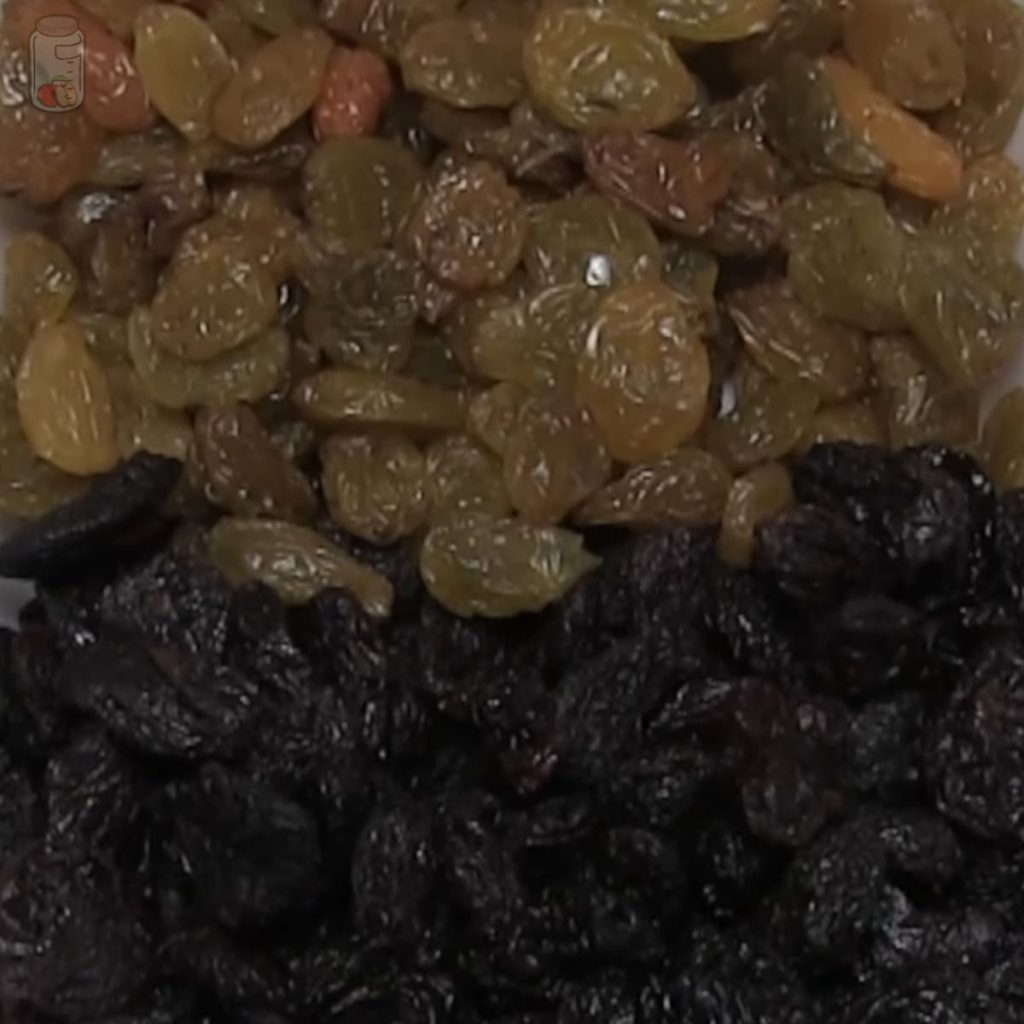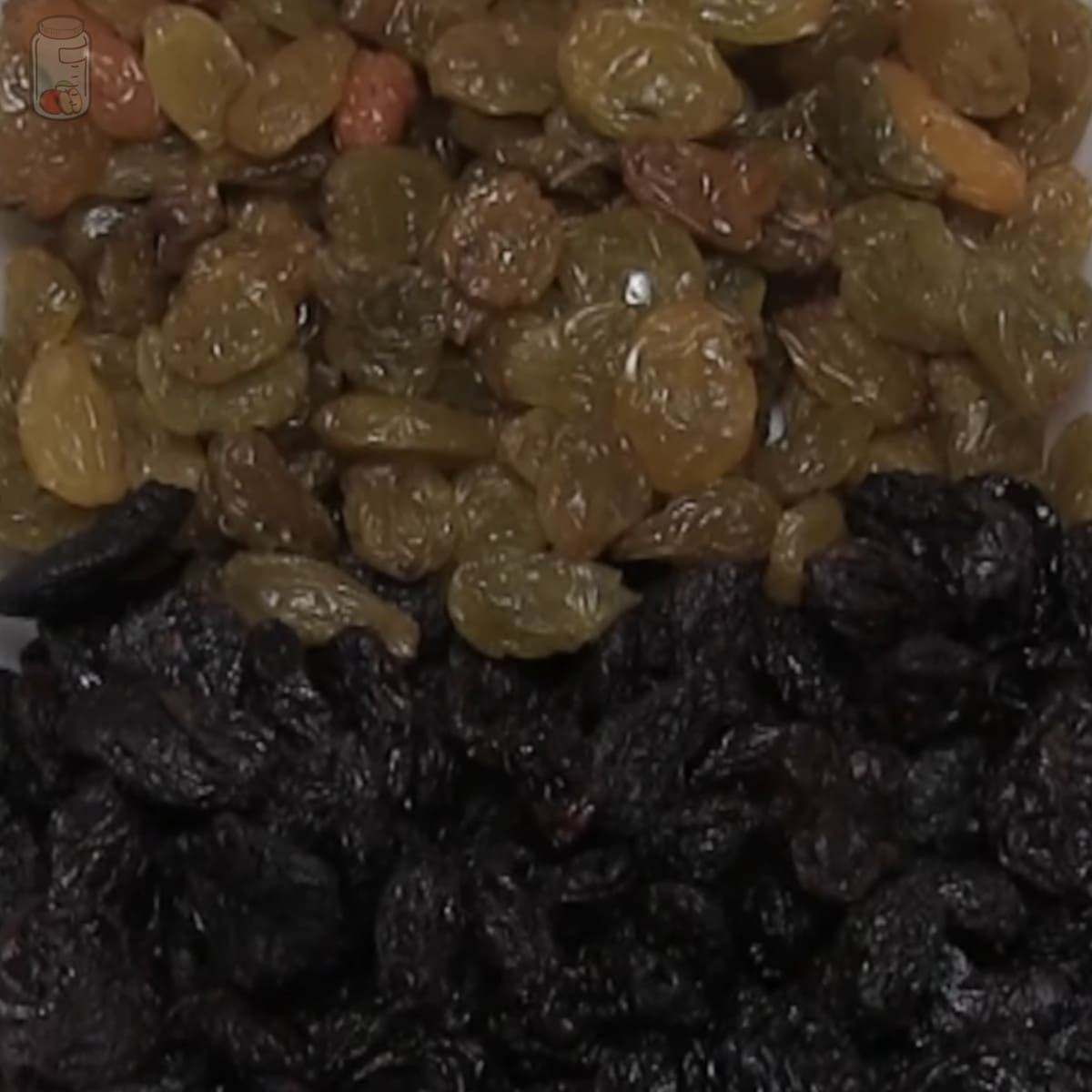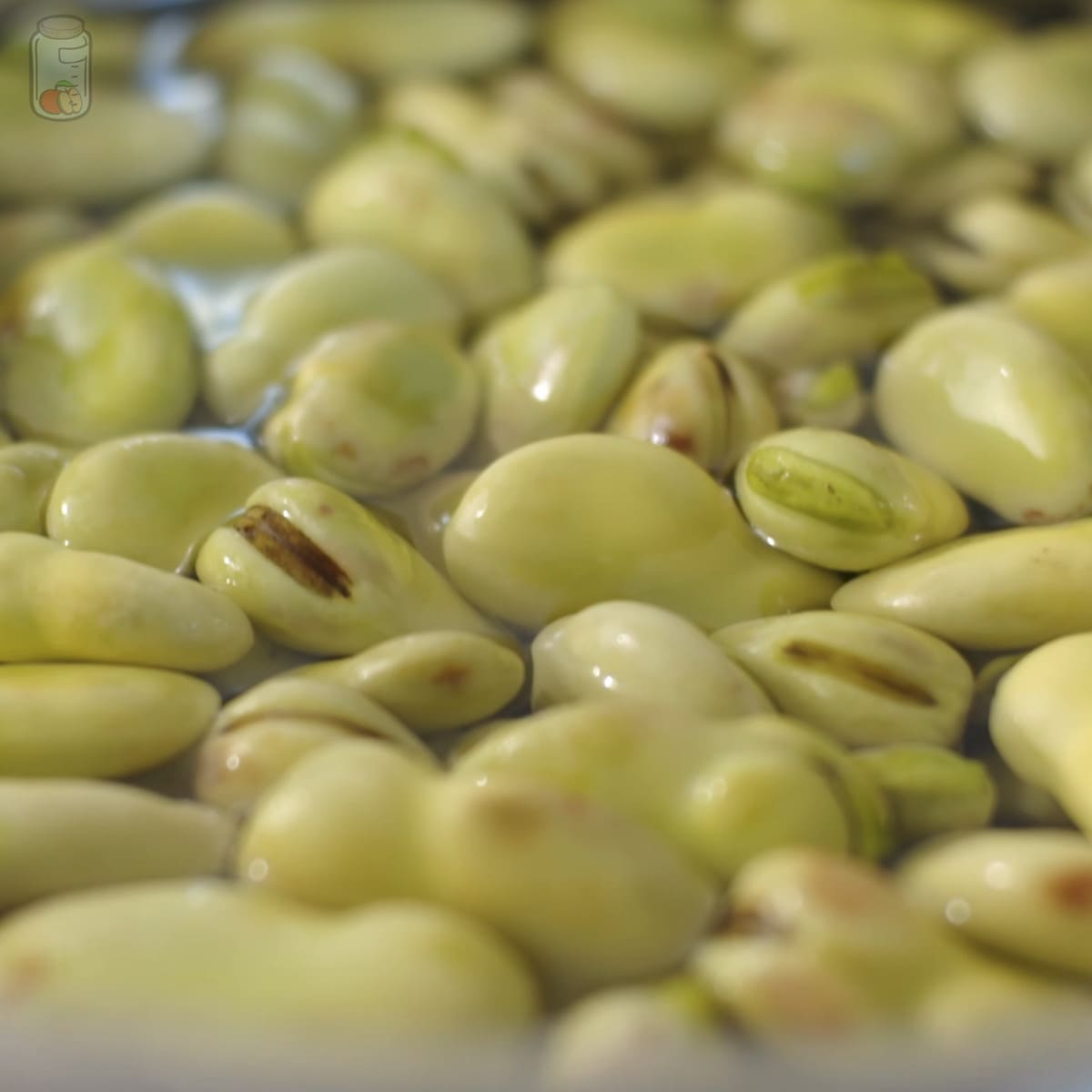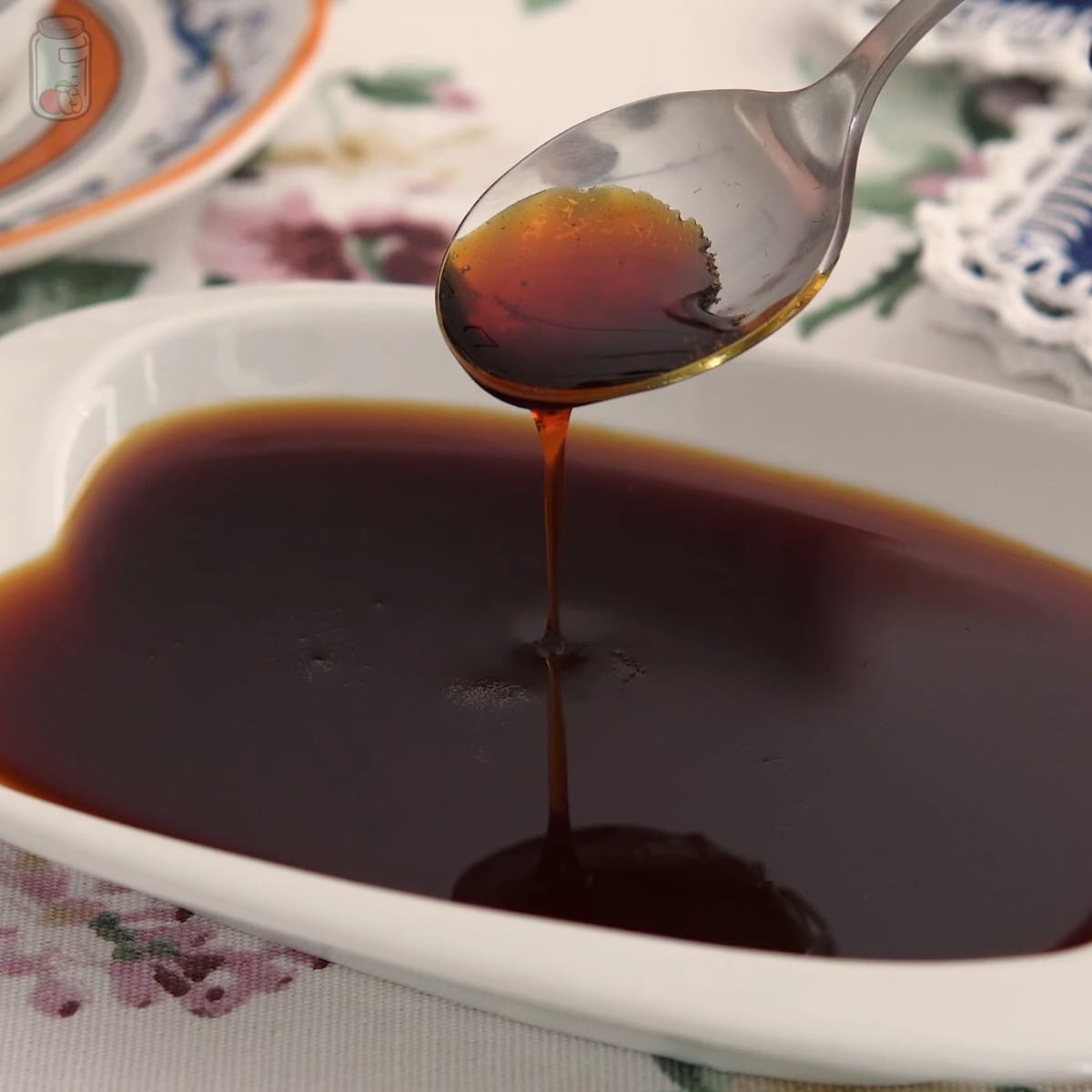Raisins are the name given to grapes after being dehydrated, working as a complement for various recipes, sweet or salty. However, I enjoy eating them raw or adding them to oatmeal. I am going sideways, so here is how to store raisins properly.
Although raisins are a dehydrated product, they still retain some moisture. Therefore, a sealed package of raisins will last one year at room temperature, but its shelf life will shorten to half a year if you open it.

To preserve raisins correctly, step by step, you have to continue reading.
How to Keep Commercial Raisins
Raisins are one of the most accessible products since they are found in any food store. In addition, storing sealed raisin packages is extremely simple.
It would be best to store raisins in a cool, moisture-free place that stays dark. In this way, you can keep raisins until the expiration date set by the manufacturer. However, the recommendation is to consume them one year after purchase. [1]
Once you have uncovered the packaging where they came, I advise you to pass them into one airtight container; better if they are glass-made. But if you want to refrigerate them, first put the raisins inside airtight bags and then put the raisins in the glass containers so you prevent the raisins from absorbing moisture around them.
This way, raisins can last six months at room temperature or 10 to 12 months refrigerated. If you want to know how to freeze raisins, just put them in resistant and airtight containers or bags so that the raisins keep for 2 or 5 years.
Do not forget to place the storage date to have control of the raisins and know when they are close to “expiring”.
How to prepare and keep dried raisins at home
In case you want to prepare some homemade raisins, you must follow my instructions:
- Step 1: Wash the grapes.
Pour the grapes over a colander and wash them under tap water, rubbing their skin well, or you can wash them by putting them in a water bowl. At this point, you need to get rid of rotten stems, leaves, and grapes.
- Step 2: Blanch or cut the grapes.
Before dehydrating the grapes, you must first cut their skin, so you can make some holes, cut it a little underneath, or chop them in half if they are exceptionally large.
You must leave the grapes for 30 seconds in boiling water or until their skin cracks, then take them out and immediately place them in a bowl with cold water and ice cubes to cut the cooking.
Leave the grapes for 30 seconds in the icy water, then strain them and dry them with absorbent paper or a clean towel.
- Step 3: Dehydrate the grapes.
You can dehydrate the grapes in two ways, using your conventional oven or a food dehydrator. If you go for the first option, on a tray with parchment paper or nonstick or grid sheet, arrange the grapes next to each other.
Preheat the oven to the lowest temperature (usually between 90°C – 110°C or 190°F – 230°F), then put the tray and bake for 4 or 5 hours. Still, you must be careful not to end up burning them.
If you have a food dehydrator, put the grapes in their internal trays side by side, leaving some space between them for air to circulate better. Then, at 50°C (120°F), dehydrate them for 24 to 48 hours, depending on the grapes’ size.
The grapes will have dehydrated properly when they reduce their size and become wrinkled and a little hard.
- Step 4: Bag or pack homemade raisins.
First, wait for them to cool, then store them in containers or bags. If you keep it at room temperature or in the fridge, I advise you to use jars made of glass.
Putting the raisins tightly in a container is inconvenient since they could stick together. It is best not to completely fill the containers or bags so that the raisins are somewhat loose.
- Step 5: Write the date of dehydration of the raisins.
It is always part of the good practices to keep control of storage labeling the product.
- Step 6: Save the homemade raisins.
You can store the raisins in a dark place, where the heat does not stick directly and is moisture-free. In this way, you can keep the raisins for 3 or 6 months at room temperature.
Suppose you live in a hot and humid place. In that case, keeping the raisins in the fridge is best. For this, I recommend putting them first in airtight bags and then in airtight containers so that the homemade raisins can refrigerate between 8 and 12 months.
You could also freeze the raisins. Just ensure you use a bag or container suitable for freezing, and you can freeze the raisins for 18 or 24 months.
Homemade raisins usually last less than industrially dehydrated raisins, given the preservatives added to the latter to extend their shelf life.
How to know if raisins got bad?
If the raisins get mold (white or black spots or lint appear on top), they are contaminated, and you should not eat them, or you could end up sick.
Raisins become bad when they become very wet and slimy, probably because they have been stored incorrectly or their life span has expired, and they rot.
Finally, if raisins taste or smell bad, like rotten fruit, they have already become rancid. Therefore, do not eat them; instead, throw them away.
How long do raisins last?
| Product | Duration |
| Store-bought raisins at room temperature (sealed) | Until the expiration date |
| Store-bought raisins at room temperature (open) | 6 months |
| Store-bought raisins in the fridge | 10 – 12 months |
| Store-bought raisins in the freezer | 2 – 5 years |
| Homemade raisins at room temperature | 3 – 6 months |
| Homemade raisins in the fridge | 8 – 12 months |
| Homemade raisins in the freezer | 18 – 24 months |
What is the best way to preserve raisins?
Commercial raisins and those dehydrated at home are best kept inside the fridge because they retain some moisture, unlike other dry foods. Hence, the refrigerator’s cold environment is good for you.
However, raisins can last a long time at room temperature. You must be careful in hot and humid climates, as these factors accelerate their decomposition.
You could also freeze raisins for exceptionally long storage, but remember that the longer they spend frozen, they will lose flavor, especially homemade raisins.
You can find how to keep more products on this website. I am constantly adding new topics and updating information.







